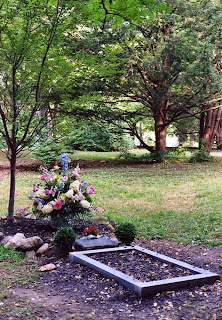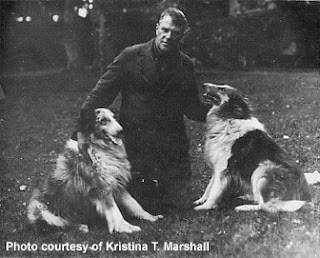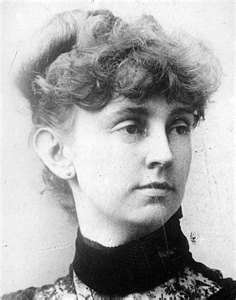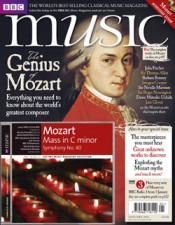The following account was taken from Letters on England, written by Joshua E. White (1816). The book contains a series of descriptive views of the areas he visited and his general observations. White was an American merchant who traveled to England in connection with business and left Savannah, Georgia bound for Liverpool in May of 1810. Eventually, Mr. White arrived in London, as do most visitors to England. Here is his account of his run-in with a disreputable hackney-coachman. And two prostitutes. And the law.

At Chiswick, on the bank of the Thames, I sometimes sought an asylum from the noise and confusion of London. My letters introduced me to the acquaintance of Mrs. Levett, (who resided here,) the young and beautiful widow of a gentleman who died in Georgia, in 1808. He had left his widow and two infant daughters in London; and after the melancholy tidings reached her, she sought a retreat with her respectable mother, Mrs. Wright, and her amiable sister, Miss Charlotte Wright, at the little village just mentioned. In this charming company I embraced every opportunity of spending a few hours. When tired of the noise of the city, I would visit this agreeable family, and I always met with a cordial and a kind reception. It will be for a long time to me a source of pleasure to reflect on the means which introduced me to the acquaintance of those females; and no period of my stay in England will be remembered with more fond delight than those hours I spent at Chiswick.
I cannot avoid noting an occurrence that took place after I had passed the day at Chiswick. Miss Wright had accompanied me with one of the little daughters of Mrs. Levett, up Chiswick lane into the main road from Windsor to London. Here I intended to take the first empty hackney coach I saw; but being engaged in conversation I permitted them to pass one after another, until night came, and I found myself on the high road, eight miles from my lodgings. It was very dark, but I did not apprehend any danger; for in my various walks through the city at almost all hours of the night, I was in no instance molested or insulted. I felt as much security as if I were in the midst of a hamlet. I walked on slowly, and having reached Leicester square a sudden and violent shower compelled me to increase my speed, and having reached the Strand, I saw a hackney-coach. I made a momentary stop, when I was addressed by a voice from within it, “do you want a coach?” I replied “yes;” and a man jumped from behind it, opened the door, and I took my seat.
There were two women and a young man seated in it. The former I very soon discovered to be common prostitutes, who were going to the Hay Market Theatre, and were desirous I should accompany them. I bade the coachman drive to my lodging in Aldersgate street, after he had put them down. They alighted at the Theatre, and I proceeded to the inn. Having arrived within a hundred yards of it, the coach was obliged to stop from having met with another, and there was no room to pass. I got out and proposed walking home.

Upon tendering the legal fare to the coachman, which was two shillings, he refused it, and demanded four shillings. This I positively objected to give him; and upon expostulating on the unreasonableness of his demand, he told me I “must pay for the ladies who were in the coach,” and observed one of them told him
“the gentleman in the coach will pay for us.” Irritated at this remark, and believing he intended a fraud, I determined to reject the fellow’s demand; and after again offering to pay the fare for myself, I was about to proceed on, when he stopped me. I raised my cane to strike him, but at that moment I recollected that personal revenge in this way would be immediately cognizable by the law, and prudence bade me forbear.
The noise had collected the people from the neighbourhood, and among them the constable of the ward; demanding the cause of the noise, I told him; and he advised me to make the coachman drive me to the inn door, or otherwise he would say I intended to leave him without paying his fare; when there he directed me to take the number of his coach. This advice I followed, and I related to the master of the inn the whole of the circumstances, and what I deemed an imposition. He pushed the coachman from the door, and advised me not to pay him any thing. Believing him entitled by law to two shillings, I paid him that sum.
This adventure was of service to me: first, it reminded me that I had no right to get into a coach that was previously occupied: secondly, by remaining in the coach after the other passengers were discharged, I. became liable for the whole amount of the fare: thirdly, it convinced me that the police of London is as well regulated as any city perhaps can be, which has within its limits nearly a million of people. Personal injuries dare not be inflicted with impunity; and unlike what was the state of the people in France before the late revolution, individual rights, so far at least as they regard exemption from violence and assault, are most carefully preserved and protected.


 Jerry and Pat, like so many working folks, have found their cats to be more practical pets than trying to keep dogs. They are particularly fond of Siamese, partial to the traditional applehead variety more than the exaggerated features of some of the show-type Siamese. They’ve also rescued some street cats and taken care of many more. I always admire people who follow their convictions and actually work to prevent the spread of feline diseases and to support the efforts of humane organizations.
Jerry and Pat, like so many working folks, have found their cats to be more practical pets than trying to keep dogs. They are particularly fond of Siamese, partial to the traditional applehead variety more than the exaggerated features of some of the show-type Siamese. They’ve also rescued some street cats and taken care of many more. I always admire people who follow their convictions and actually work to prevent the spread of feline diseases and to support the efforts of humane organizations.










